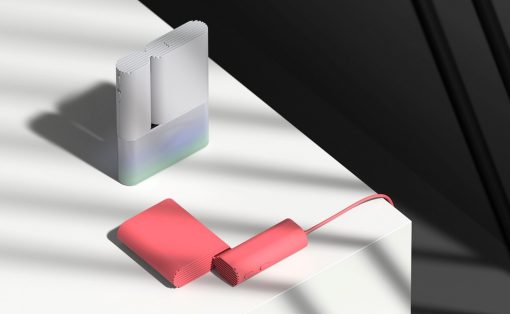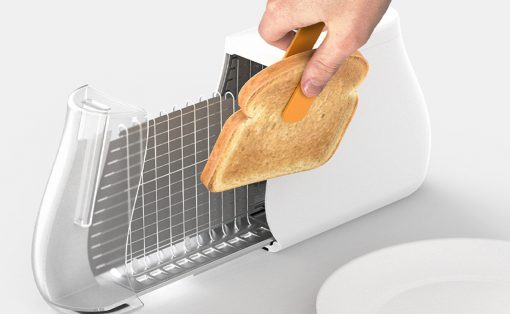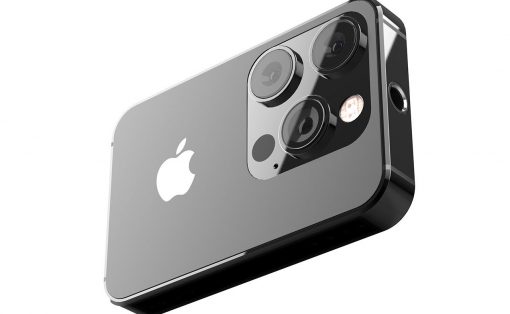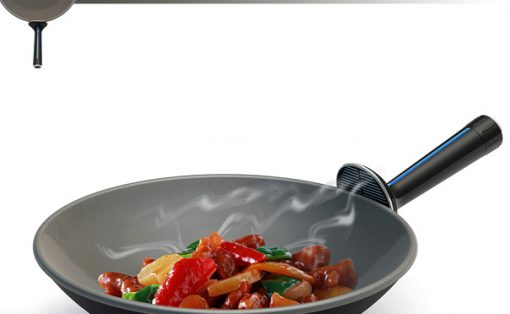Rehap is a wearable, assistive device designed for stroke survivors to exercise mirror movements, and joint exercises during the recovery process and relearning of basic muscle movements.
Rehabilitative and assistive product designs have made some progress in terms of functionality and accessibility in recent years, but the current need for at-home rehabilitative designs cannot be understated. While physical therapy is recommended for anyone who’d like to restore their natural mobility, stroke patients in particular benefit from a tailored rehabilitative program. Rehap from Ka Man Choi is a wearable rehabilitative tool designed to aid stroke survivors in relearning basic muscle movements even in the comfort of their own homes.
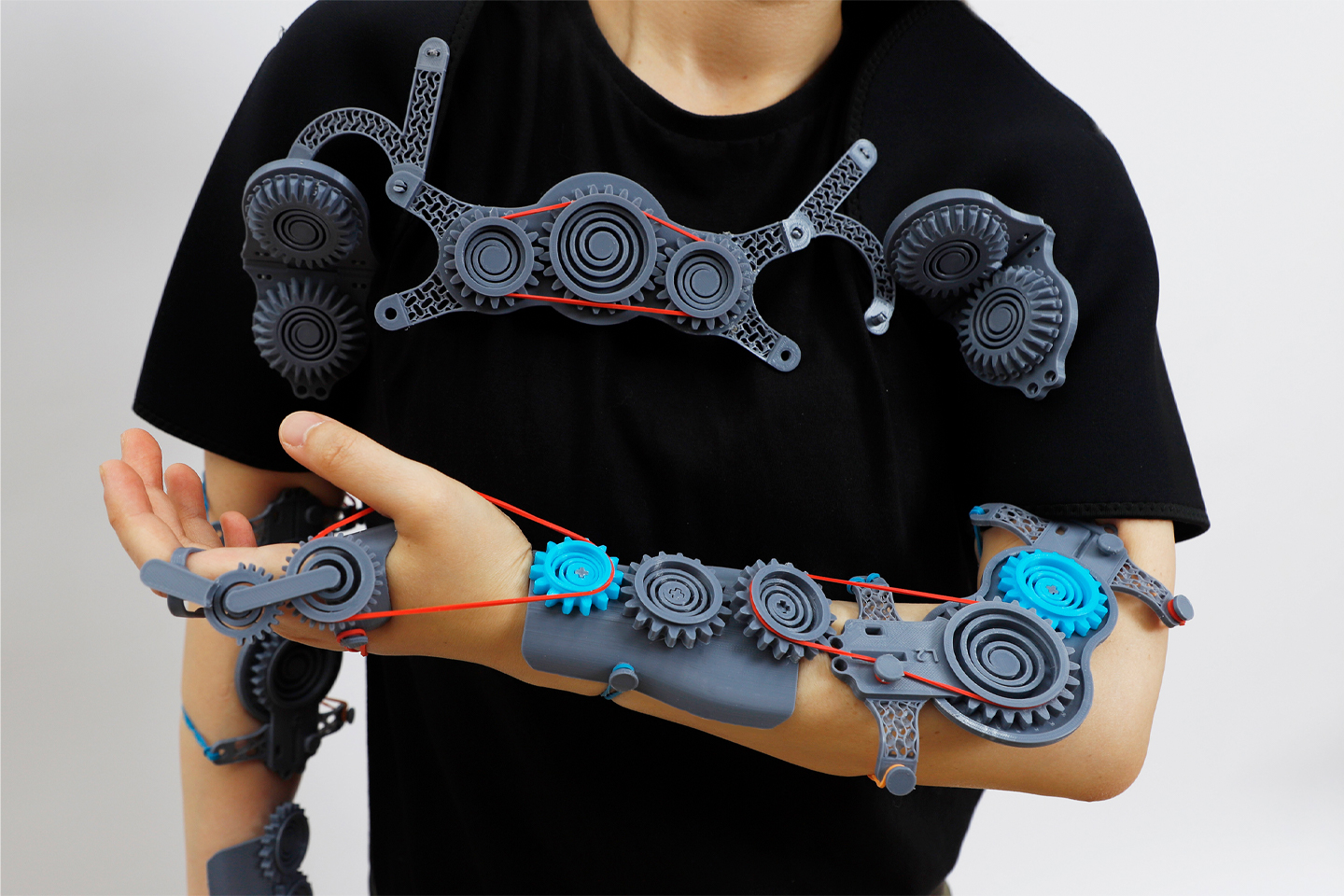
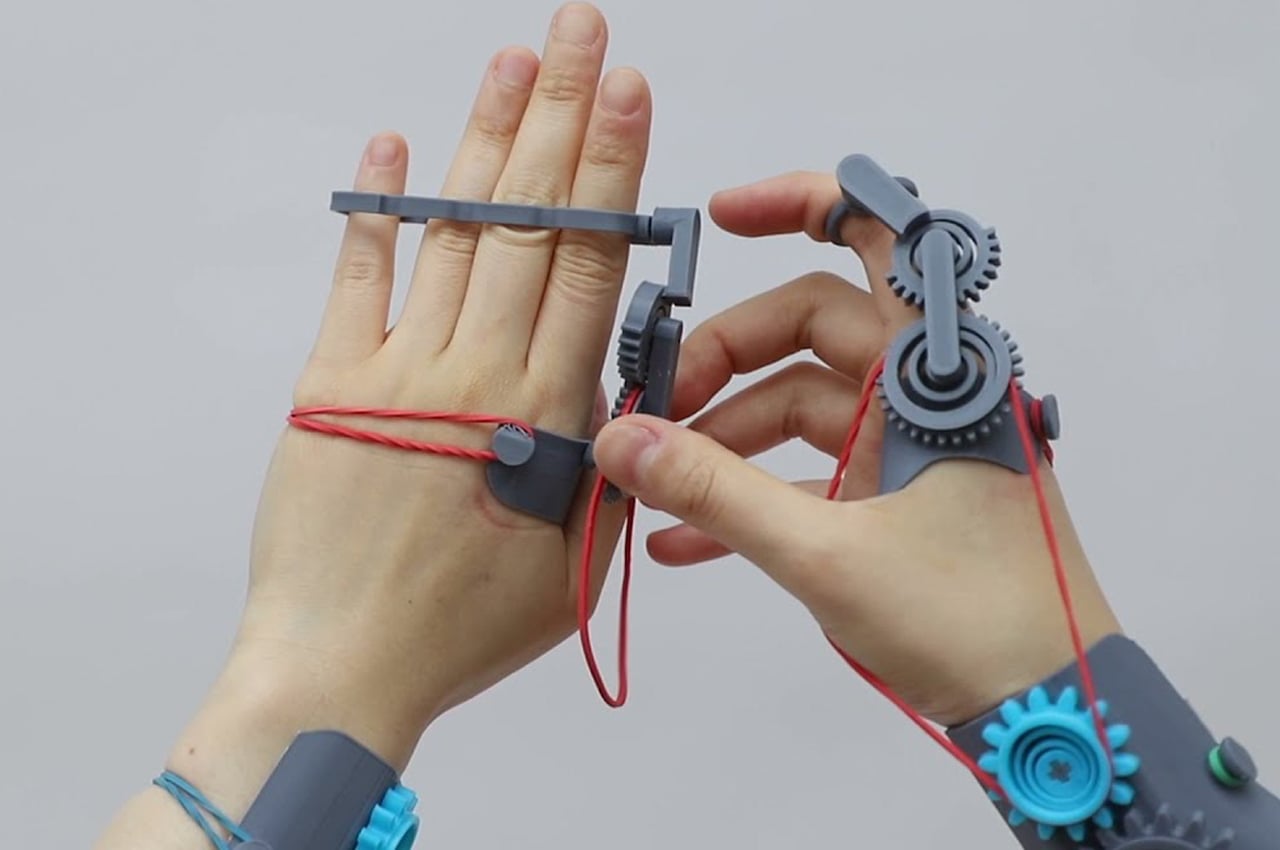
During the research period for Rehap, Choi learned that around 1 in 3 stroke survivors experience varying levels of emotional stress following their stroke. During the recovery period, rehabilitative tools and assistive devices help stroke survivors train the affected limb and their own muscle memory to prevent stiffness and maintain circulation.
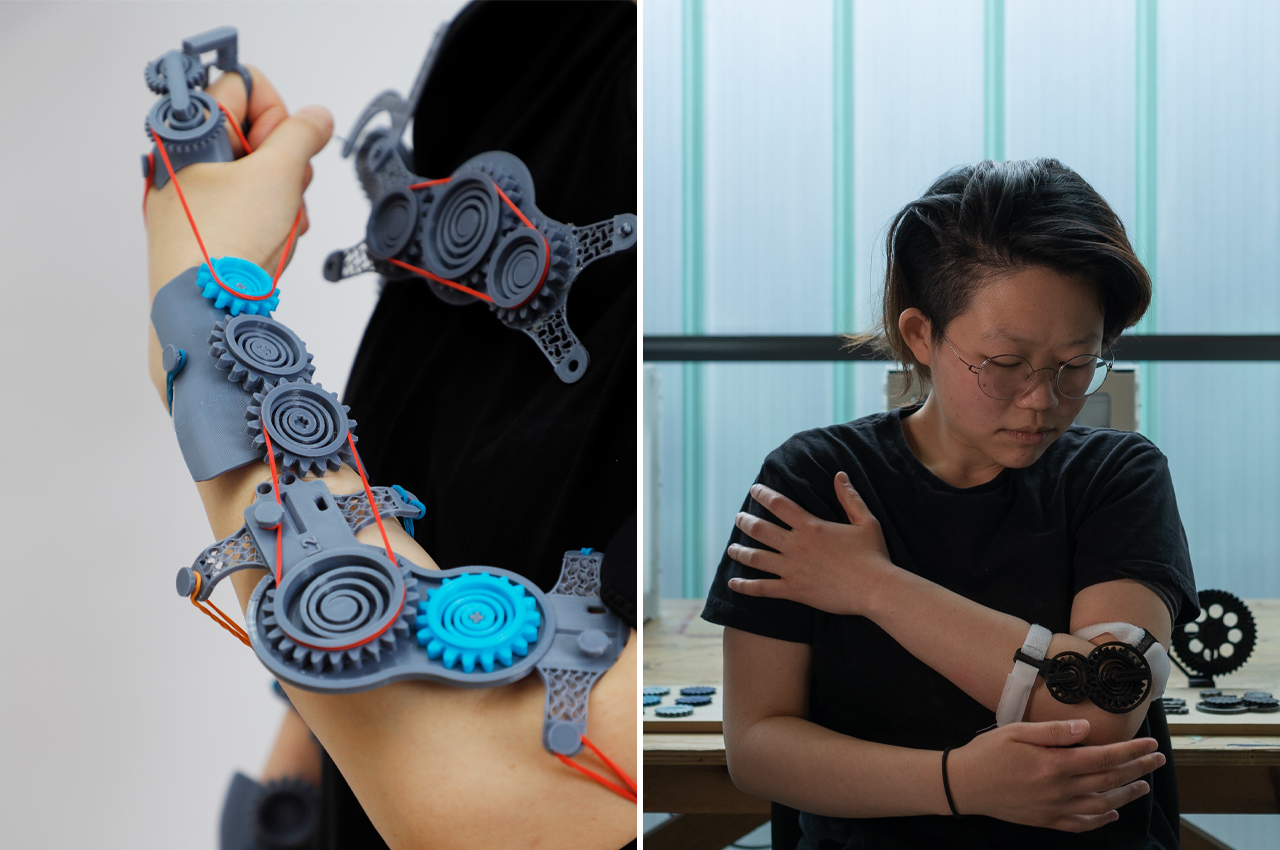
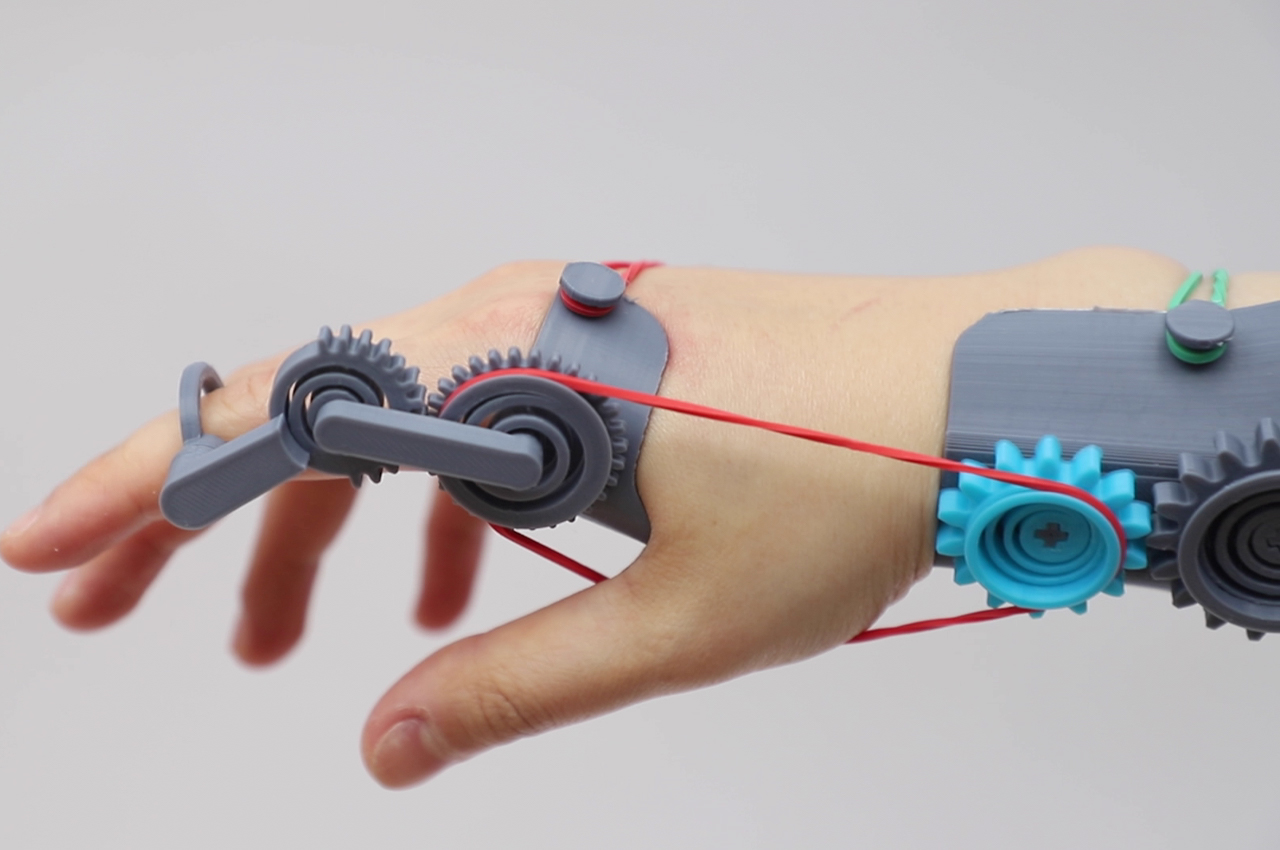
Choi integrated physical therapeutic exercises in Rehap like mirror movements and joint exercises to help stimulate the muscle memory of stroke patients. Stroke survivors wear Rehap as a sleeve or glove and configure the product’s modular gears with rubber bands to meet their level of recovery. Conceived to make rehabilitation more accessible, Rehap is also a less costly recovery option for stroke patients.
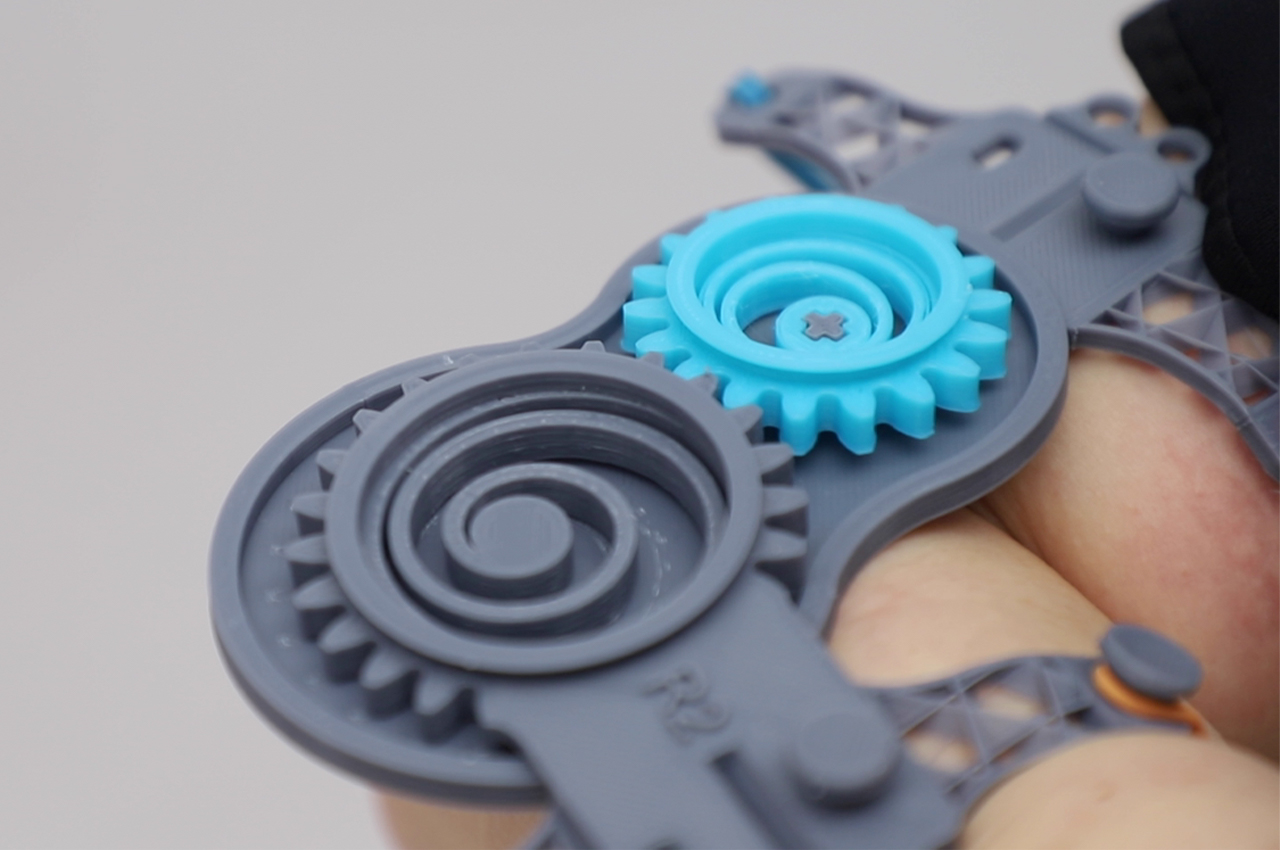
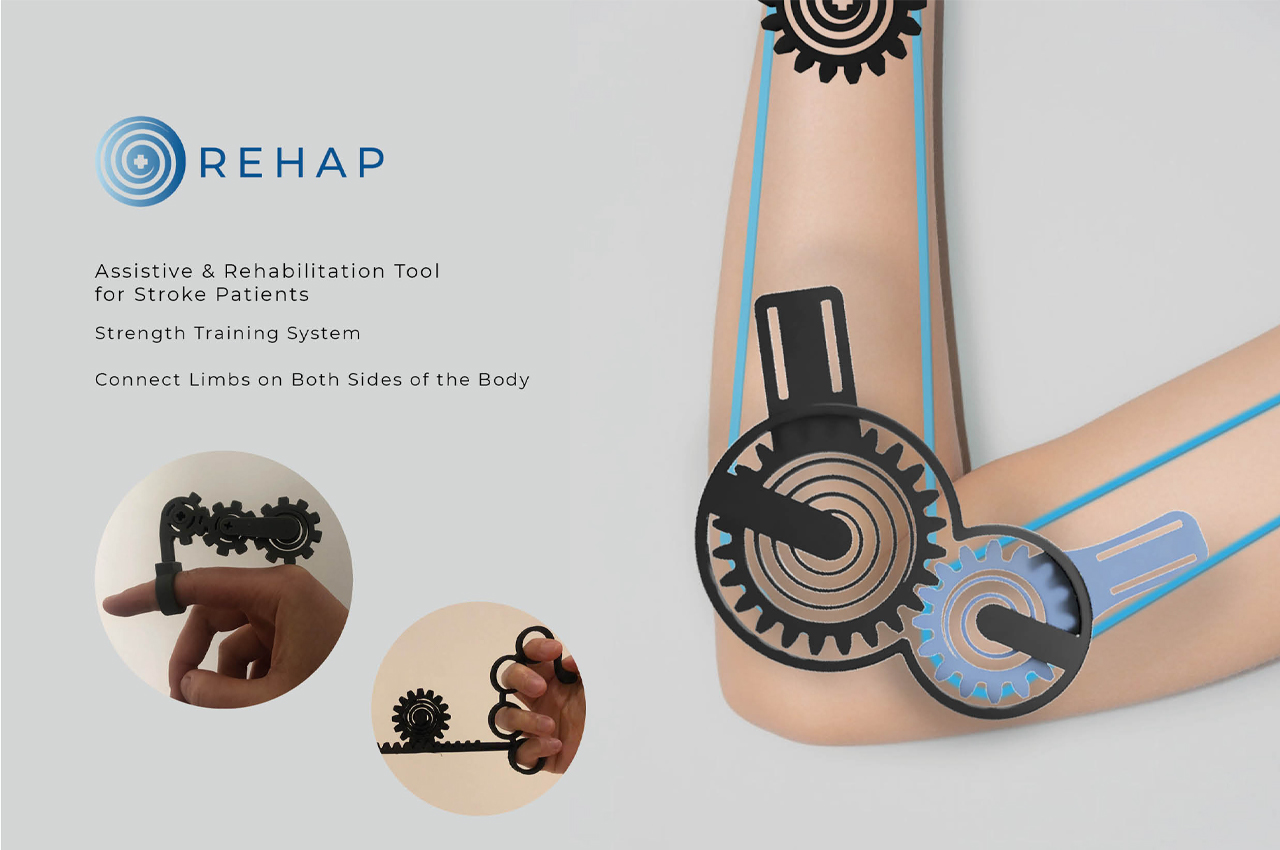
Developed out of a single material for simple production and recyclability, Rehap is a motorless, modular solution that’s easy to reproduce and intuitive by design. Accessible for stroke patients at all levels of recovery, Rehap comes with interchangeable gears that can be swapped out to adapt to three different rehabilitative levels. The needs and progress of the patients change over time and Choi designed Rehap to meet patients where they are in their recovery process.
Designer: Ka Man Choi
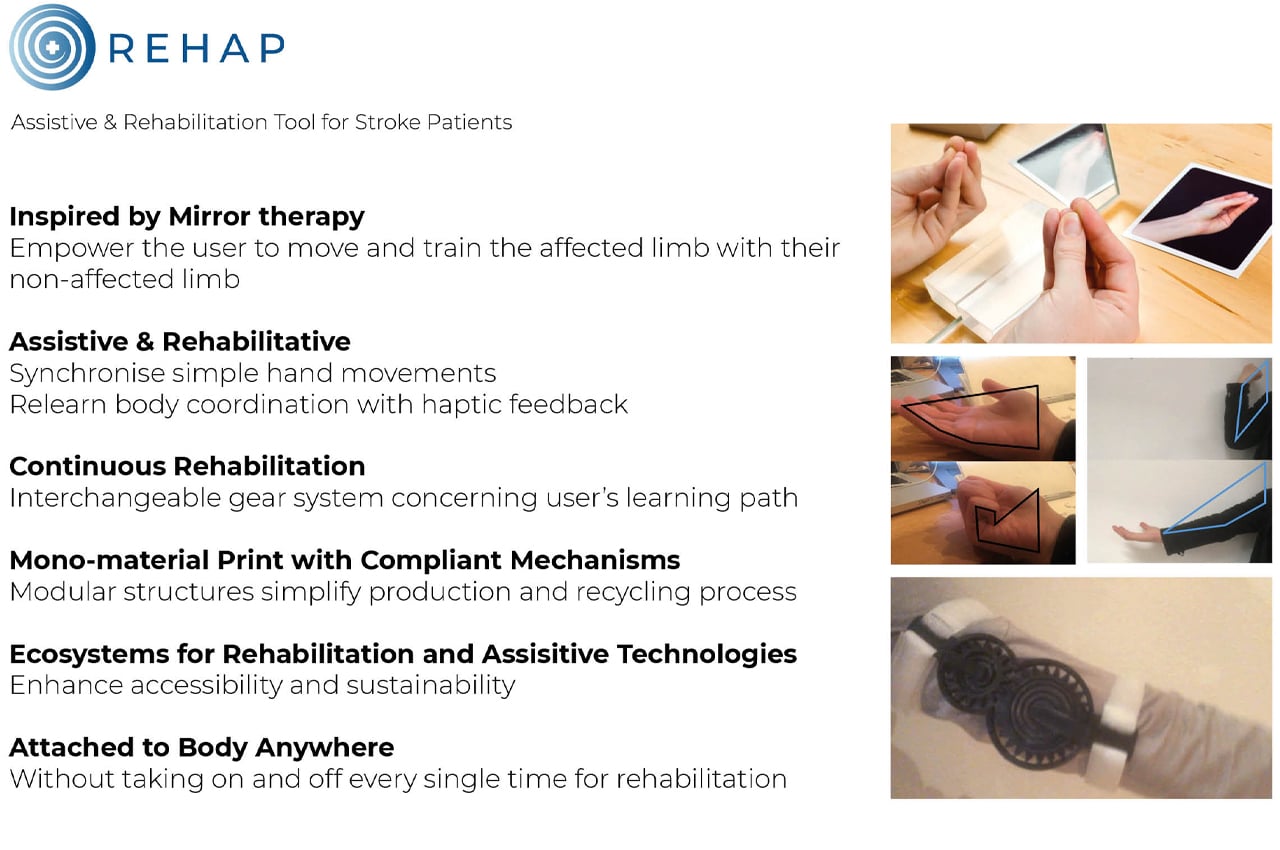
Choi designed Rehap to be a sustainable and accessible solution for stroke patients to relearn basic muscle movements.
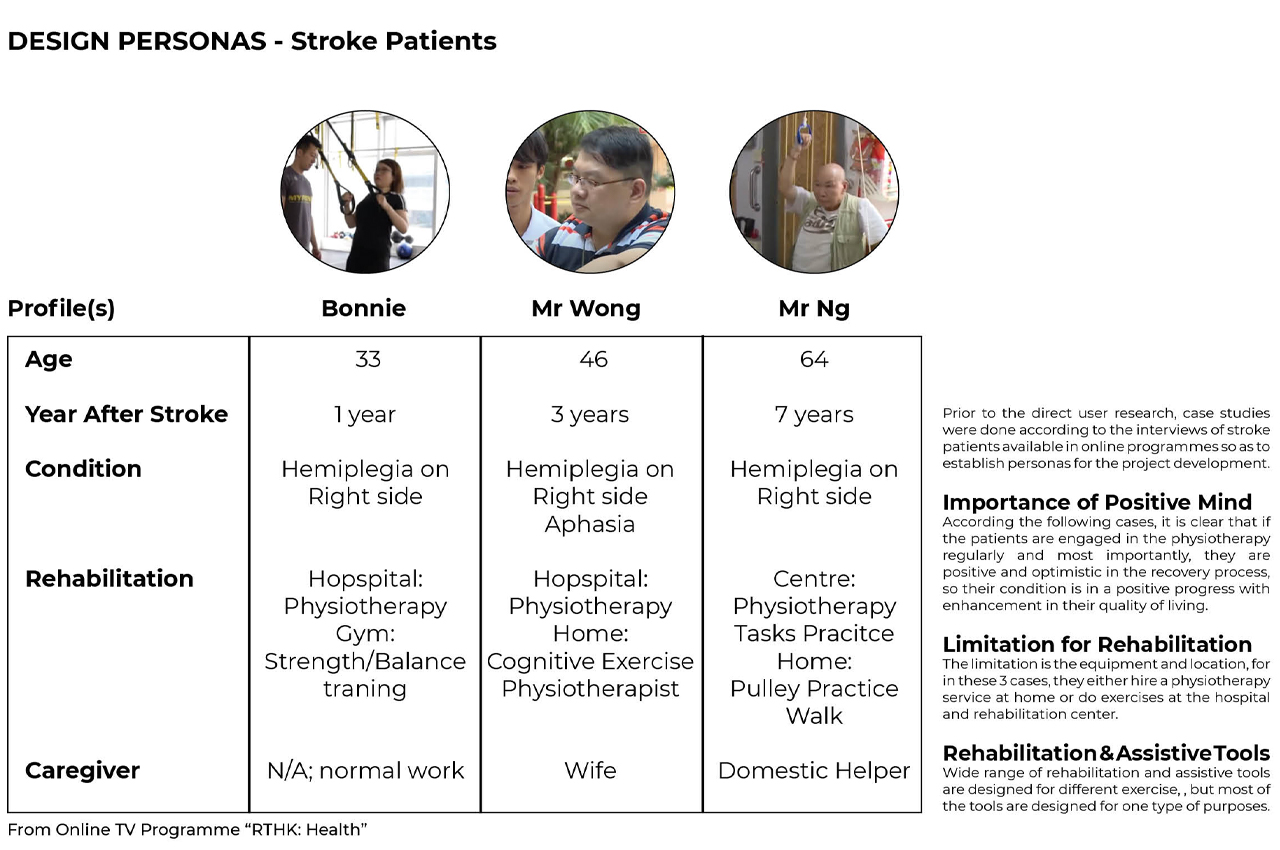
Following an involved research period, Choi optimized the design to be adjustable and universal.
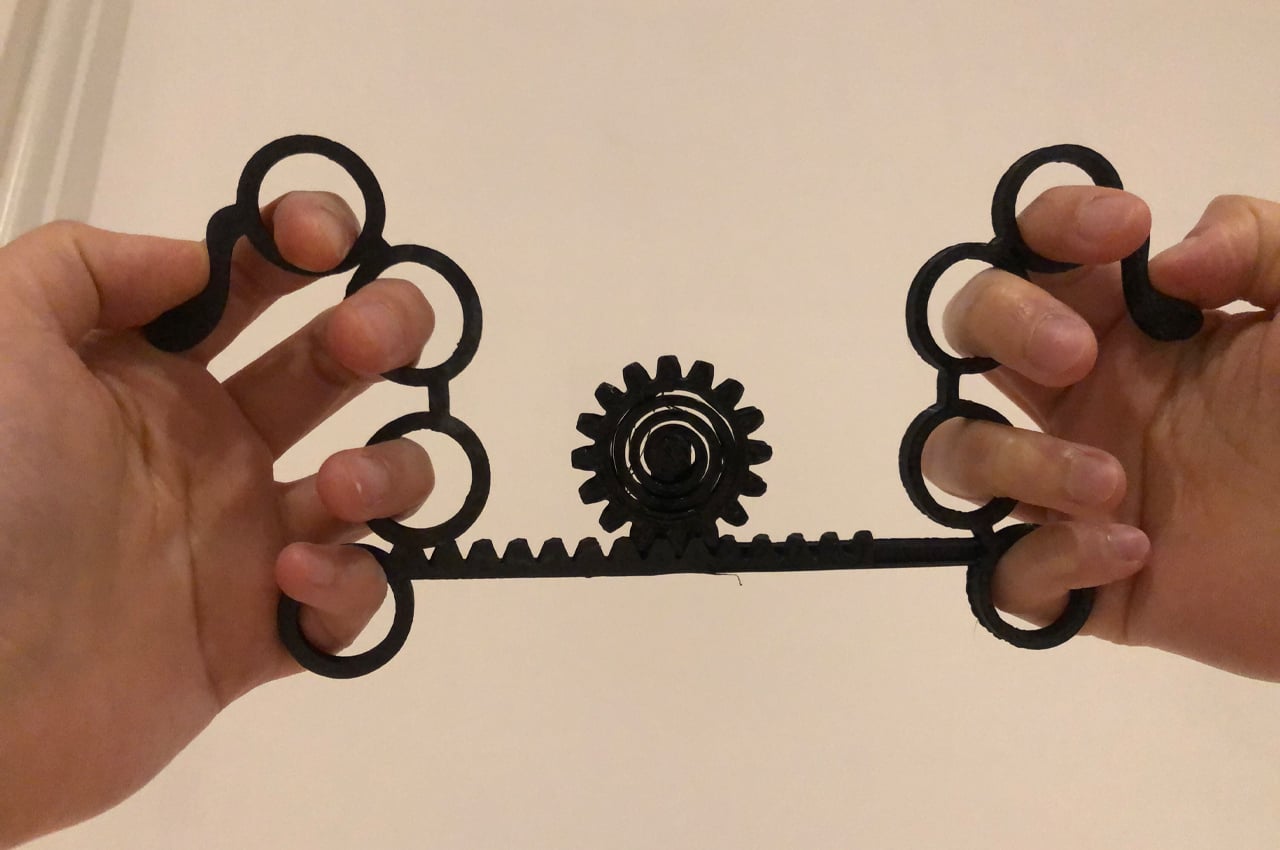
“Unlike most of the existing rehabilitation and assistive tools, without any electronics and screws, the single prints of REHAP are easier for recycling the PLA.”
“After research on the target user – stroke patients and discussion with the expert in assistive technologies, I decided to design a rehabilitation tool attached to the human body inspired by the exoskeleton and body coordination.”



